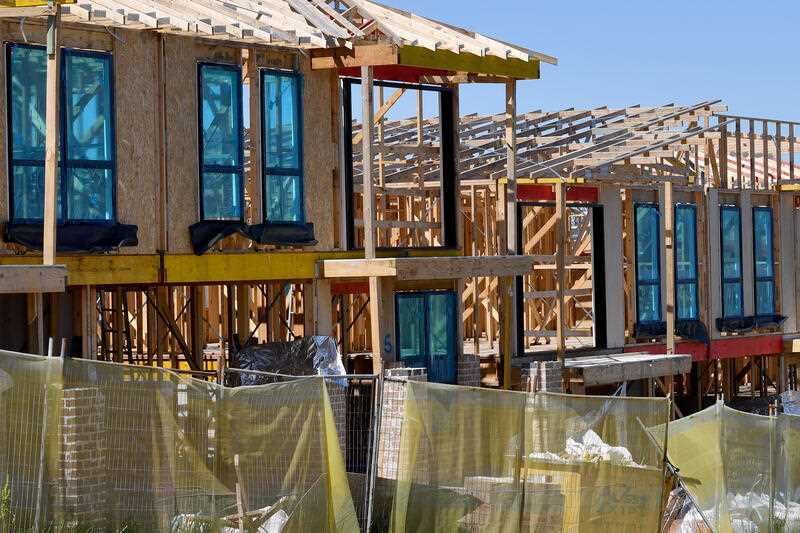Advocates are urging the government to do more to address the nation’s housing issues, as political stoushes over the crisis continue to play out.
Prime Minister Anthony Albanese agreed with premiers and chief ministers at national cabinet on Wednesday to lift the national housing target to 1.2 million homes, a 200,000 dwelling increase.
States and territories will be offered $15,000 for each new home they build, coming from $3 billion in federal funding for 200,000 new dwellings.
Mr Albanese also locked in a 2024 start date for a scheme to allow 40,000 low-income families to buy a home.
The national council of charity St Vincent de Paul welcomed the measures but president Mark Gaetani said further reform was needed.
“Federal and state governments must help alleviate this situation,” he said.
“Charities are unable to carry the burden on their own.
“The national cabinet commitments on housing are welcomed but we cannot ignore those suffering right now.”
The prime minister has blamed the impasse on housing on the Greens, who have blocked the government’s planned $10 billion Housing Australia Future Fund Bill in the Senate.
The minor party had been calling for further action from the government to protect renters, including a rent freeze.
Mr Albanese told River FM radio on Friday the government had a comprehensive plan to deal with housing, noting the $10 billion housing fund, the shared equity scheme and the 1.2 million homes agreement with the states.
“In addition to that, in June we put forward $2 billion of additional money for social and public housing,” he said.
“And we will be coming together with states and territories for a longer term agreement during the coming year.”
He again called on the Greens and coalition to vote for the housing fund legislation.
Liberal frontbencher Senator Jane Hume said Mr Albanese should hold the premiers’ “feet to the flame” in terms of changing zoning laws and opening up more supply.
She said the government was not being accountable in terms of how many social houses would be built and the timeframe for their construction.
“At first it was one million new houses and now they’ve pulled 1.2 million new houses out of the air,” she told Sky News.
Meanwhile, Moody’s Investors Services forecast housing affordability would improve slightly in Australia, with house prices expected to stay “broadly flat” over the next six to 12 months and steady income growth over the rest of 2023.
ANZ said it expected housing prices to rise by five to six per cent over the year, with a supply shortfall supporting prices and forward indicators such as housing financial approvals and auction clearance rates suggesting continued resilience.
Weakening jobs figures released this week have added to the belief that interest rates have peaked at 4.1 per cent.
By Andrew Brown and Paul Osborne in Canberra
Get local, national and world news, plus sport, entertainment, lifestyle, competitions and more delivered straight to your inbox with the Canberra Daily Daily Newsletter. Sign up here.



